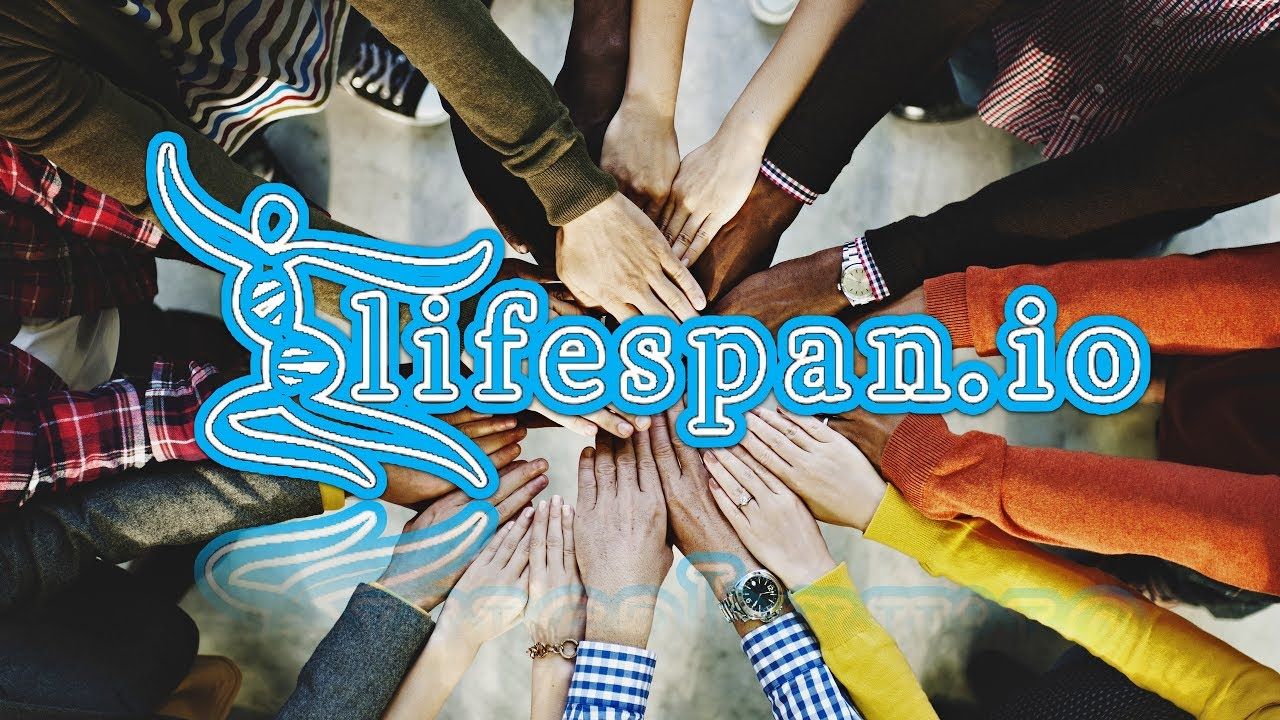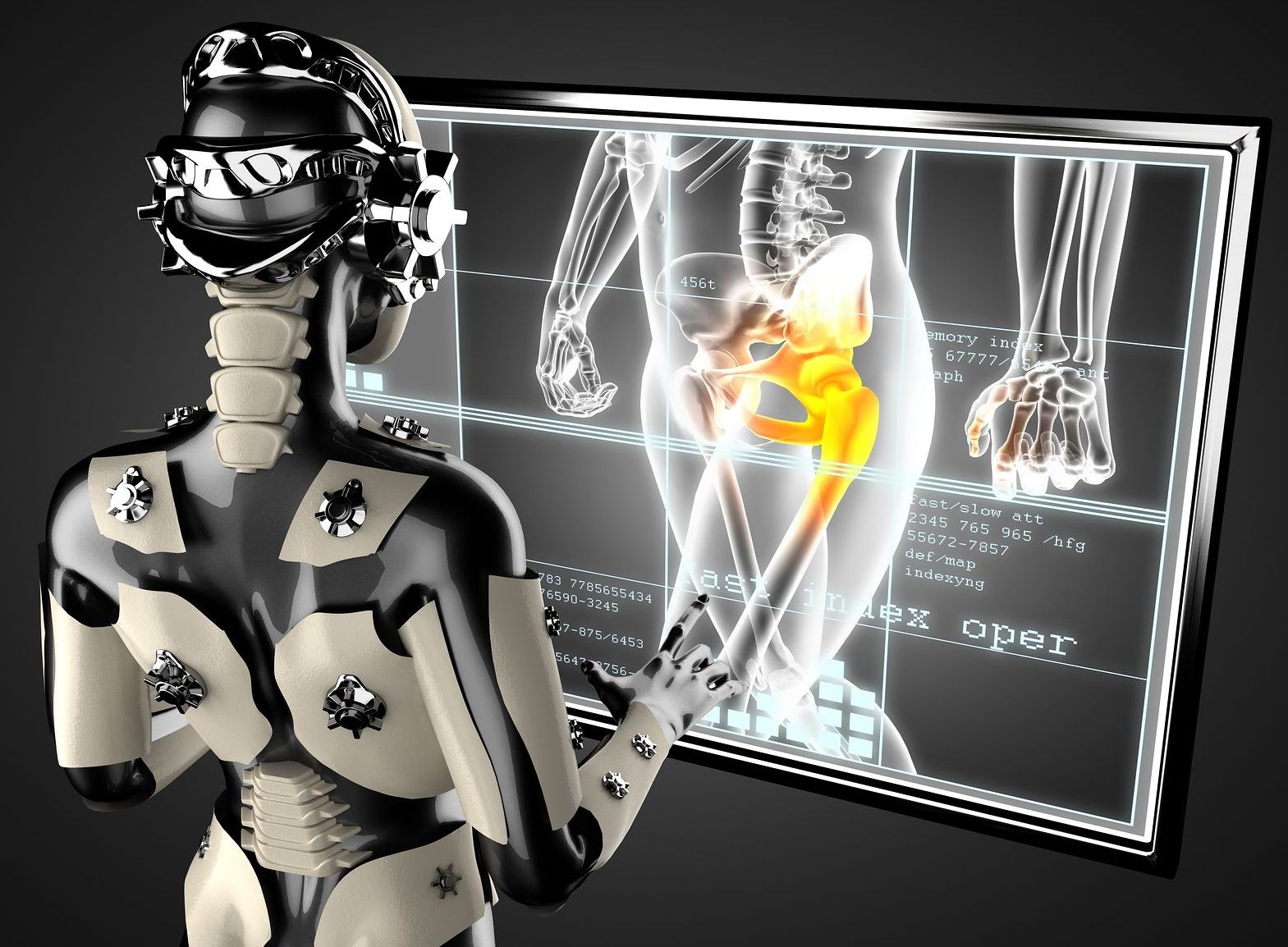If you are not sure why you should support rejuvenation research, or know people who aren’t, this article explains why rejuvenation would be good for you as an individual.
The reasons why rejuvenation would be good for any given individual should be bleeding obvious. However, you’d be surprised how often people think it all boils down to ‘You’d live forever!’—which by the way is not granted and can be a bit of a controversial concept. The real reasons why rejuvenation would be good for you as an individual are the following.
The elderly of today aren’t exactly famous for their good health, nor for their ability to go about their lives easily and without help in even the simplest tasks. Old people have weaker bodies, weaker immune systems, are prey to a number of horrible diseases and chronic pain, and cannot take care of themselves with the same ease as they did when they were young. Pay attention next time you go downtown. You’ll see elderly people walking slowly and with difficulty, perhaps with the aid of a walker or a cane. They can’t hear well and they can’t see well. Climbing the stairs for them feels like more climbing a mountain. A young person can shake off the flu after a few days of discomfort; an old person may well die of the complications of it, because their weak immune system did not do a very good job. This is, in a nutshell, why young people can take care of themselves and old people end up in hospices or have to be watched over by their families.
Read more







